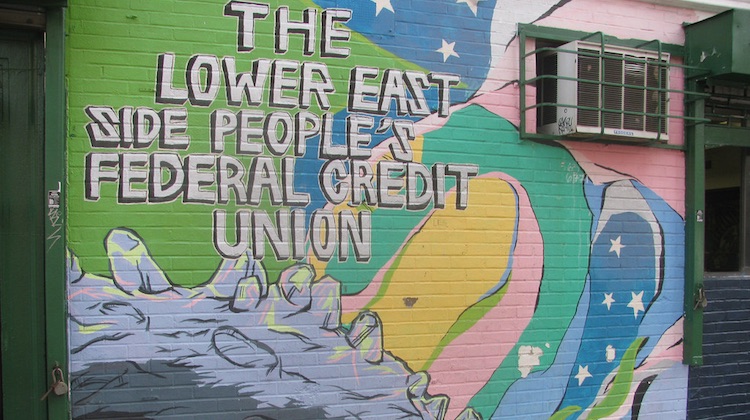The Customer Effect
How credit unions can advance inclusion
- Since credit unions are owned and operated by their members, they are uniquely positioned to advance social, economic and environmental objectives.
- As credit unions attract new types of customers, the challenge will be to stay true to the member-centric vision.








